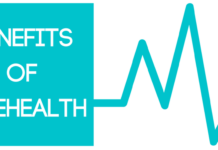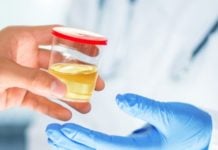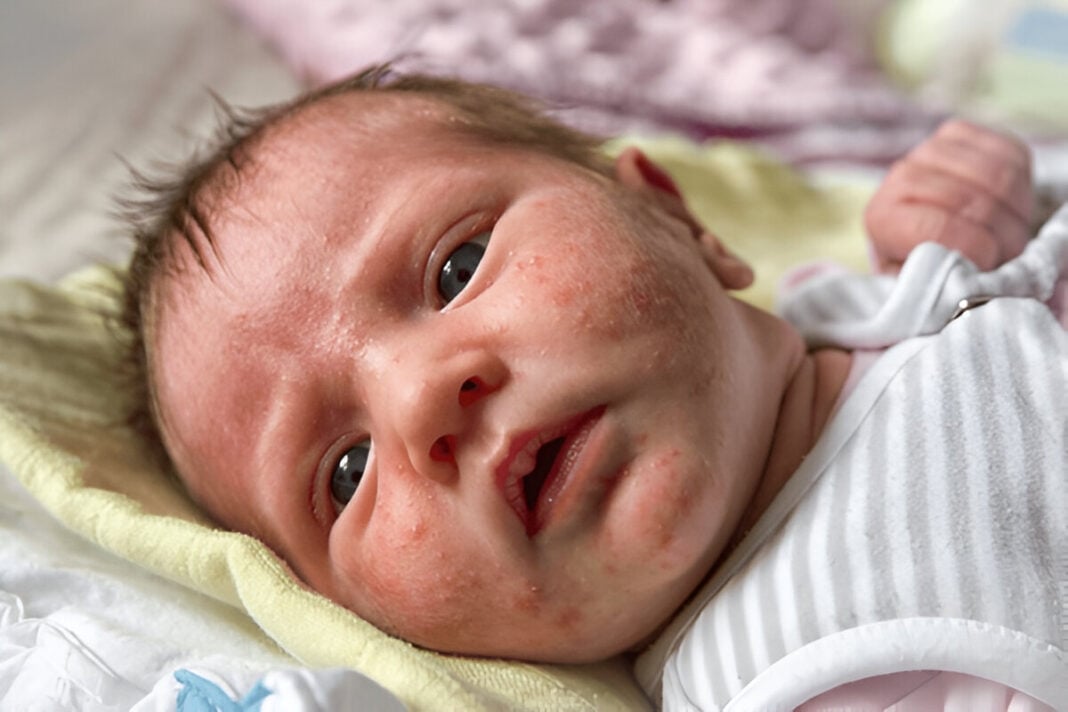Facial breakouts in infants can be alarming to new parents. However, many such eruptions are benign and self-limited. Two of the most commonly confused conditions in this group are neonatal acne and infantile acne. Though both involve the appearance of pimples or comedones in young babies, they differ significantly in terms of onset, duration, pathophysiology, and treatment needs. Understanding these distinctions is key to providing accurate reassurance or initiating treatment when warranted.
Neonatal Acne: Early and Harmless
Neonatal acne, also known as neonatal cephalic pustulosis, affects up to 20% of newborns (Nikolovski et al., 2008). It typically appears within the first 2–4 weeks of life.
Characteristics:
-
Erythematous papules and pustules on the cheeks, forehead, chin, and sometimes scalp
-
No comedones (blackheads or whiteheads)
-
Usually non-inflammatory and asymptomatic
-
Resolves spontaneously within 1–3 months without scarring
Cause:
Contrary to true acne, neonatal acne is not hormone-driven. It is believed to result from Malassezia colonization of immature sebaceous glands (Gambichler et al., 2009). Therefore, it’s not considered “real acne” and doesn’t require typical acne treatments.
Management:
-
No treatment needed in most cases
-
Mild antifungal creams (like ketoconazole 2%) may be used if lesions persist or are inflamed
-
Educate and reassure parents about the benign and self-limited nature
Infantile Acne: More Than Just a Phase
Infantile acne is less common but more clinically significant than its neonatal counterpart. It typically appears between 3–6 months of age and can last until the child is 1–2 years old.
Characteristics:
-
Inflammatory papules, pustules, and nodules
-
Open and closed comedones a key distinguishing feature
-
Most often affects the cheeks, but may also involve the forehead and chin
-
Can cause scarring if left untreated
Cause:
Infantile acne is believed to be triggered by increased androgen production (either maternal, adrenal, or pituitary origin), leading to overactive sebaceous glands (Lucky et al., 1997). It is a true form of acne and can resemble adolescent acne in its severity and chronicity.
Differentiating Infantile vs. Neonatal Acne
| Feature | Neonatal Acne | Infantile Acne |
|---|---|---|
| Age of Onset | Birth to 4 weeks | 3 to 6 months |
| Duration | Resolves by 2–3 months | Can last until age 1–2 years |
| Lesions | Papules/pustules only | Papules, pustules, comedones, nodules |
| Scarring | No | Possible |
| Etiology | Malassezia colonization | Hormone-driven |
| Treatment | Usually none | May require topical or oral therapy |
Management of Infantile Acne
While some mild cases may resolve on their own, moderate to severe infantile acne requires treatment to prevent scarring and psychological distress later in life.
1. Topical Therapies
- Benzoyl peroxide 2.5%–5%: Used in a mild formulation to reduce inflammation and bacterial colonization
- Topical retinoids (adapalene or tretinoin): Useful for comedones, applied in a thin layer
- Topical antibiotics (clindamycin): Often used in combination with benzoyl peroxide
Note: These must be used carefully due to the delicate nature of infant skin. A pediatric dermatologist should guide the treatment plan.
2. Oral Therapies
- Oral erythromycin or trimethoprim-sulfamethoxazole may be used in severe cases or when nodules are present
- Isotretinoin is rarely indicated but may be considered in extensive, scarring, or resistant cases under strict specialist supervision (Zelickson et al., 2011)
Red Flags and When to Investigate Further
Most cases of infantile acne are benign. However, persistent, severe, or unusual presentations may warrant further investigation to rule out endocrine disorders, such as:
- Congenital adrenal hyperplasia
- Precocious puberty
- Androgen-secreting tumors
Signs that may indicate an underlying hormonal issue include:
- Rapid progression
- Large genitalia or body odor
- Growth acceleration
- Lack of resolution beyond age 2
In such cases, referral to a pediatric endocrinologist is recommended.
Parental Reassurance and Education
Regardless of the type of acne, clear communication is vital. Parents should be informed that:
- Neonatal acne is harmless and does not require treatment
- Infantile acne is real acne and may need early management to avoid scarring
- Avoid squeezing or scrubbing lesions
- Use only prescribed treatments adult acne products are too harsh for infants
Infantile acne vs. neonatal acne while similar at first glance are clinically and etiologically distinct. Neonatal acne is typically self-limiting and does not require medical treatment, while infantile acne may persist, worsen, and even scar if left unmanaged. Differentiating between the two is essential for appropriate care and parental reassurance. With careful evaluation and gentle treatment, both conditions can be safely managed, ensuring comfort and healthy skin for the infant.
References
- Gambichler, T., Skrygan, M., & Altmeyer, P. (2009). Neonatal cephalic pustulosis: Role of Malassezia furfur. Journal of the European Academy of Dermatology and Venereology, 23(10), 1212–1216. https://doi.org/10.1111/j.1468-3083.2009.03152.x
- Lucky, A. W., Biro, F. M., Simbartl, L. A., Morrison, J. A., & Sorg, N. W. (1997). Predictors of severity of acne vulgaris in young adolescent girls: Results of a five-year longitudinal study. Journal of Pediatrics, 130(1), 30–39. https://doi.org/10.1016/s0022-3476(97)70375-4
- Nikolovski, J., Stamatas, G. N., Kollias, N., & Wiegand, B. C. (2008). Barrier function and water-holding and transport properties of infant stratum corneum are different from adult and continue to develop through the first year of life. Journal of Investigative Dermatology, 128(7), 1728–1736. https://doi.org/10.1038/sj.jid.5701239
- Zelickson, B. D., Draelos, Z. D., Leyden, J. J., & Stewart, D. M. (2011). Pediatric use of isotretinoin: Retrospective review. Pediatric Dermatology, 28(3), 293–296. https://doi.org/10.1111/j.1525-1470.2011.01306.x










